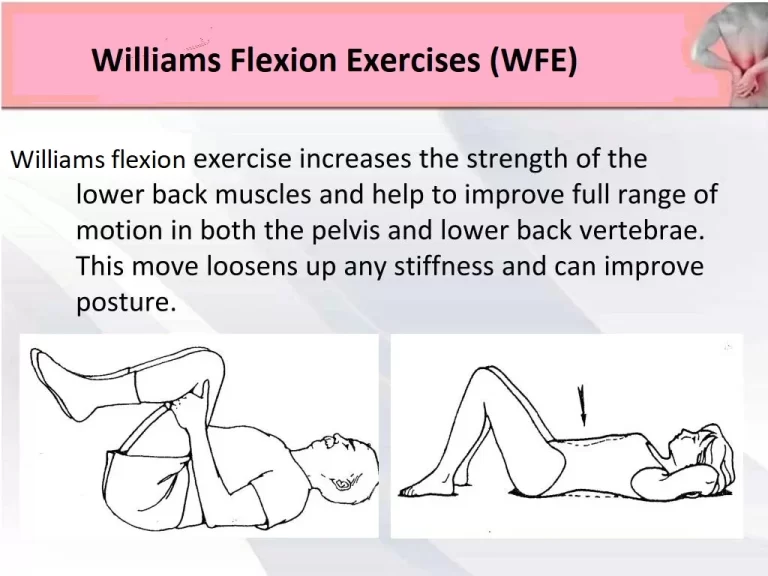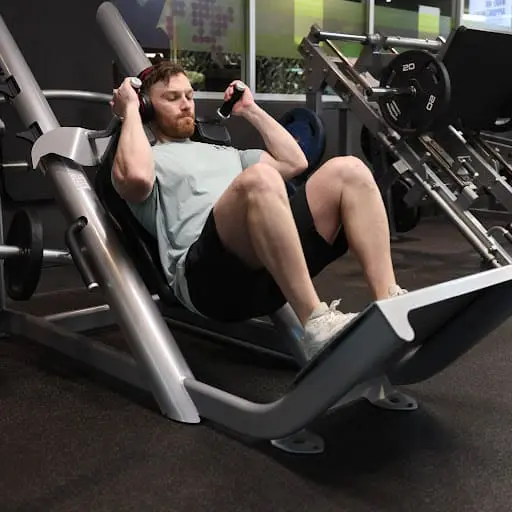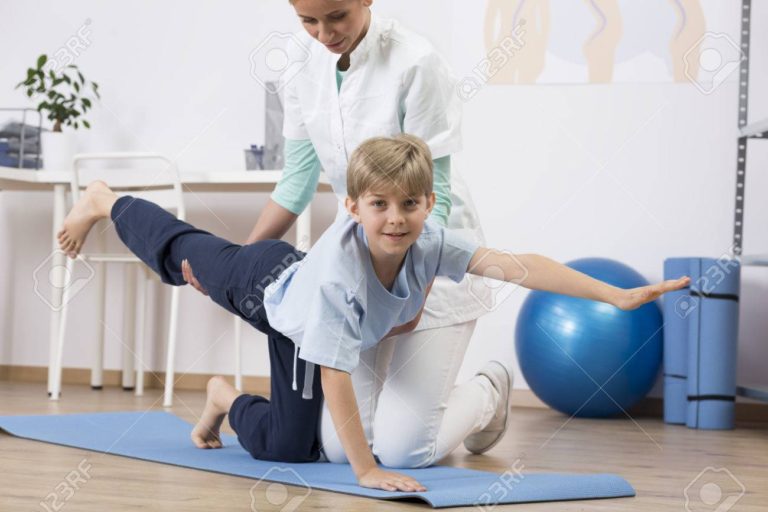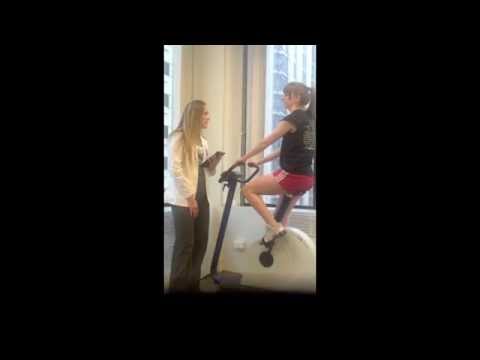Phelps Approach
Introduction
Phelps was am American orthopedic surgeon who pioneered the treatment of children with cerebral palsy and encouraged physiotherapists to dorm habilitation teams.
Specific treatment techniques were applied to his diagnostic classification of cerebral palsy and include muscle education and bracing.
Phelps described 15 modalities or phases of treatment, which were used in various combinations within his classification.
The five modalities described below are central to his approach to treatment:
1.) Massage:
Massage was used for hypotonia but contraindicated for spasticity and athetosis.
2.) Passive motion:
Passive movements for joint mobilization, maintaning soft tissue length and demonstrating the movement required.
3.) Active assisted movements:
Active movements and resisted movements are given according to the individual’s ability and needs.
4.) Conditioned motion and synergistic motion:
conditioned and synergistic motion involving resstence to one muscle group in order to facilitate contraction of an inactive muscle group in the same synergy, a familiar concept in PNF.
5.) rest
Periods of rest were also included and their benifitial effect should be forgotten in more recent approaches.
Fifteen modalities were described and specific combinations of these modalities were used for the specific type of cerebral palsy.
The fifteen modalities (methods) in brief:
- Massage for hypotonic muscles, but con-traindicated in children with spasticity and athetoids.
- Passive motion through joint range for mobilising joints and demonstrating to the child the movement required. Speed of movement is slower for children with spasticity, increased for rigidity.
- Active assisted motion.
- Active motion.
- Resisted motion followed according to the child’s capability.The above modalities were used for obtaining modalities 6, 8, 10 and 12
- Conditioned motion is recommended for babies, young children and mentally retarded children. This included a routine and the use of the same song or jingle for the same movement modality (2–5).
- Confused motion or synergistic motion which involves resistance to a muscle group in order to contract an inactive muscle group in the same synergy. Mass movements such as the extensor thrust or the flexion withdrawal reflex were usually used. For example, using the hip–knee flexion dorsiflexion synergy, to stimulate inactive dorsiflexors by giving resistance to hip flexors. Confused motion is used by children when selective isolated movement is not possible.
- Combined motion is training motion of more than one joint, such as a shoulder and elbow flexion using modalities 2, 3, 4 and 5.
- Relaxation techniques used are those of conscious ‘letting go’ of the body and its parts (Levitt 1962), tensing and relaxing parts of the body. These methods are mainly used with athetoids. They attempt to lie still or relaxed or use contract–relax or active ‘tense-up and let go’ relaxation for grimacing and other involuntary motion.
- Movement from relaxation is conscious control of movements once relaxation has been achieved. It was mainly used for children to consciously control involuntary movements.
- Rest: Periods of rest are suggested for athetoids and children with spasticity.
- Reciprocation is training movement of one leg after the other in a bicycling pattern in lying, crawling, knee walking and stepping.
- Balance: Training of sitting balance and standing in braces.
- Reach and grasp and release used for training of hand function.
- Skills of daily living such as feeding, dressing, washing and toileting. Many aids were devised by the occupational therapists.
BRACES AND CALIPERS
The use of braces and caliprs was also included as a modality in Phelps approach.
uses:
- to correct deformity
- obtain the upright position
- control athetosis
their use was extensive and they were worn for many years. As the child progressed, the support was gradually removed until, where child used only below knee irons and boots.
Many authorities now consider the use of bracing and splintage, providing it has been carefully designed for a particular purpose and for s specific individual.






